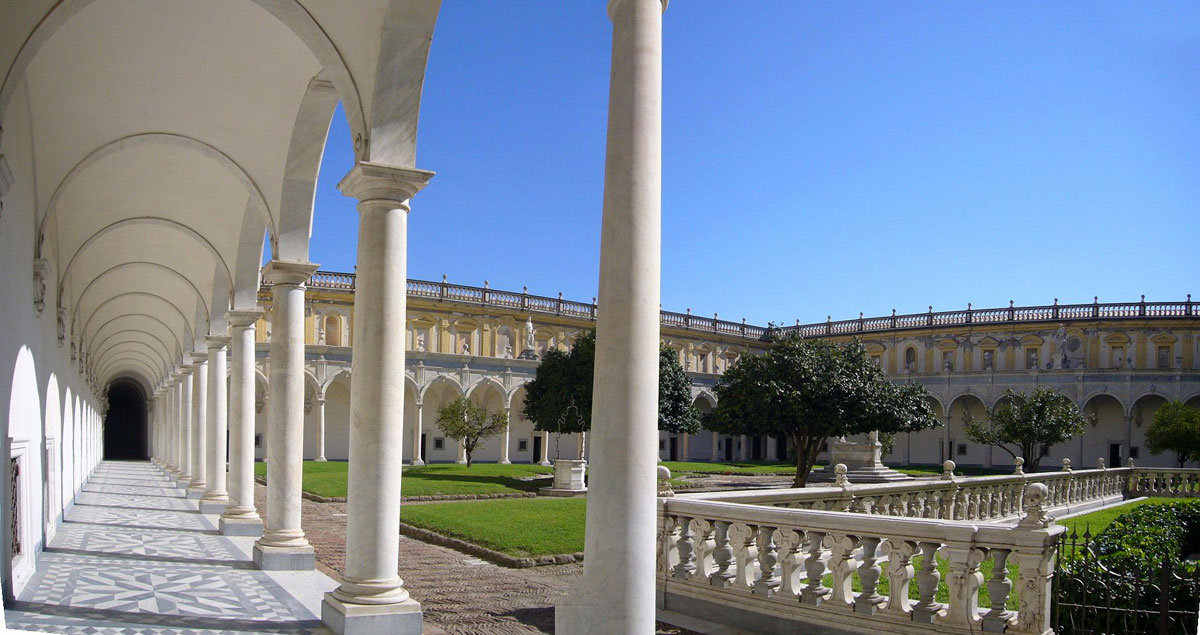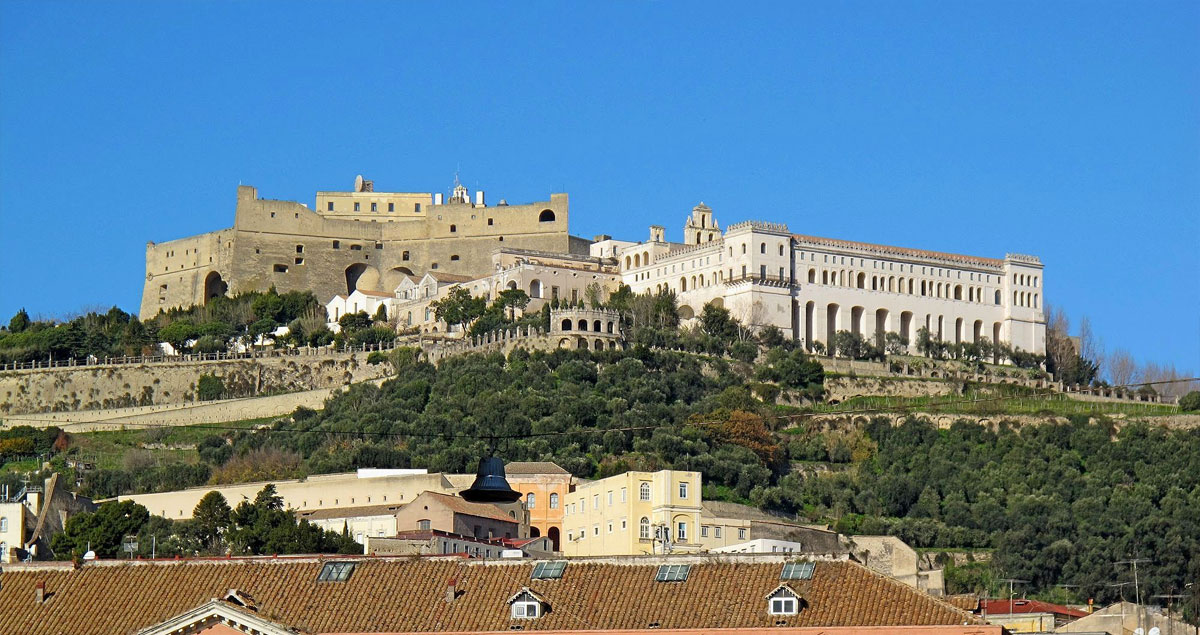The National Museum of San Martino is housed inside the Certosa di San Martino. It presents evidence of the history of Naples from the Bourbon era to the post-unification period.
From Brundarte - http://www.brundarte.it
The nativity scene section, located in the area where the kitchens of the ancient Certosa were, revolves around the grandiose Cuciniello nativity scene, certainly the most famous eighteenth-century nativity scene in Naples of the type defined as "cultured", also well known abroad. Today it occupies an entire room dedicated to him and is undoubtedly a true masterpiece of Neapolitan nativity scene art.
From Wikipedia - The museum is made up of numerous sections housed in different rooms of the charterhouse, including in the rooms of the Prior's Quarter, in the pharmacy, in the refectory, in the cells of the Carthusians, in the ancient guesthouse or in some rooms on the second floor of the cloister great. The museum sections are: the Carriage Hall, the naval section, the Orilia collection, the Charterhouse Picture Gallery (inside the rooms of the Prior's Quarter, with pictorial and sculptural works already from the ancient picture gallery or in any case coming from the religious complex) , the nativity scene section, the Opera museum (inside the rooms on the ground floor of the large cloister), the section of memories and images of the city (on the ground floor and first floor of the large cloister), the decorated arts section and the theatrical one (both on the first floor of the charterhouse), the Rotondo collection (in the rooms overlooking the internal courtyard) and finally the Prints and Drawings Cabinet (on the first floor of the building)

Foto Di Lalupa - Opera propria, CC BY-SA 3.0, commons.wikimedia.org
The Certosa di San Martino and Castel Sant'elmo dominate Naples from the Vomero hill. From the lookout in front you can enjoy a breathtaking view

Foto Di Pietro Scerrato, CC BY 3.0, commons.wikimedia.org
